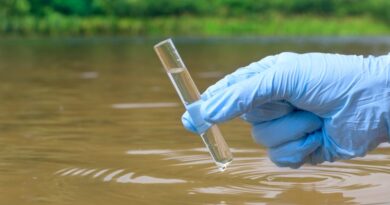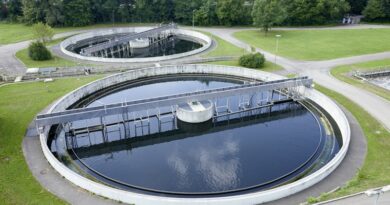IIT-Delhi R&D entity transfers water technologies to four African nations

The Rural Technology Action Group (RuTAG), a R&D solutions mechanism established at Indian Institute of Technology (IIT) Delhi has transfered two of its water technologies to four African countries – Ghana, Namibia, Sudan and Zambia.
The two technologies include the groundwater level measuring device and ergonomically designed treadle pump. RuTAG IIT-Delhi has worked on and improved these practices that are currently being used in Rajasthan and Uttar Pradesh.
The RuTAG mechanism was set up in January 2009 at seven IITs to identify technology needs of each region and make available technology solutions for problems encountered in adopting the existing technology at the grassroots,
Since its inception, RuTAG at IIT-Delhi has constantly been working on demand-driven technologies in efforts to improve village life and performance, said an official statement.
The groundwater level measurement is an electrical device by RuTAG Delhi is designed to measure groundwater table in monitoring wells. The device is made up of a rust-resistant stainless-steel probe connected to thick high-tension coaxial cable. The coaxial table is connected to electronic circuit with a battery, LED lamp and a buzzer to indicate levels.
As the probe comes in contact with the water, the circuit completes and the buzzer beeps. The user can gauge the depth of the groundwater based on the markings on the cord. The device features high operational stability, accurate measurements and portability.
The ergonomically designed treadle pump on the contrary is a mechanical device that requires manual power to draw water from the ground. The device is a twin-cylinder reciprocating water pump that is currently used by marginal farmers in various agricultural fields in India where the water levels are no too low.
The newly-improvised RuTAG Delhi treadle pump consists a of a handpump and plumbing parts to make it easier for farmer to manage and get spare parts for. The design for the pump consists of two piston-cylinder assemblies, a delivery channel, inlet pipes, treadles, a handle and an adjustable seat.
An average human can draw groundwater at a rate of 3,500 to 4,000 liters per hour. The parts are made of mild steel and the expected life of the device is 10 to 15 years.
“It is a proud moment for RuTAG IIT-Delhi to go global. More importantly, such knowledge sharing that would benefit the major percentage of the World population is a great satisfaction as a technologist. IIT-Delhi is committed to expand and support such knowledge sharing in the days to come”, said IIT Delhi, RuTAG Coordinator SK Saha.



